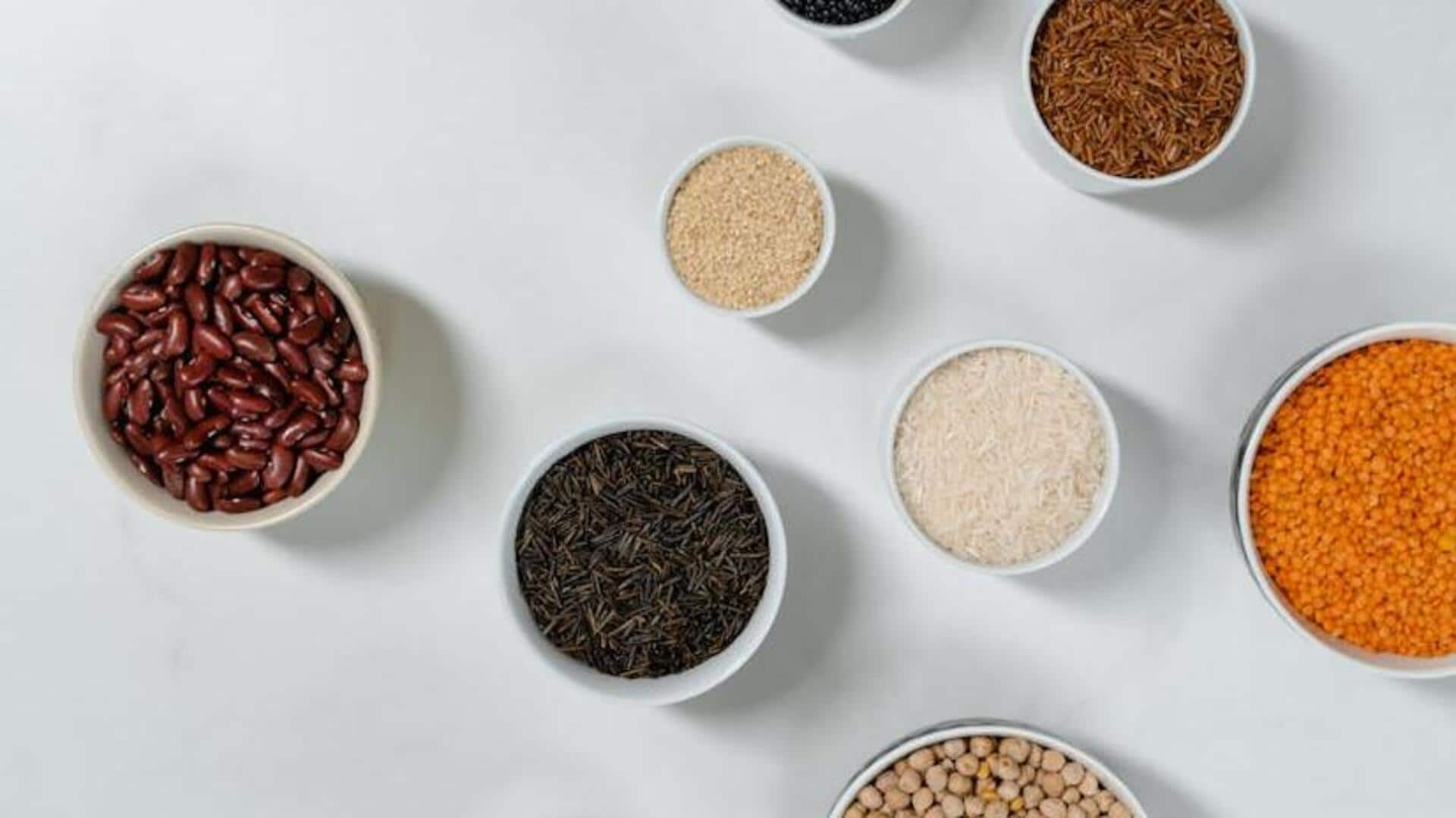
Gujarati cuisine's essential lentil staples
What's the story
Gujarati cuisine, known for its distinctive sweet touch, offers a variety of lentil dishes that are both nutritious and full of flavor. Lentils, crucial in Gujarati meals, provide essential proteins and nutrients. This article explores some indispensable lentil staples in this delightful cuisine, highlighting the importance of these ingredients in creating both satisfying and healthful meals.
Ingredient 1
The quintessential toor dal
Toor dal, or split pigeon peas, forms the essence of Gujarati dal, a key sweet and sour dish in any Gujarati thali. Rich in protein and folic acid, it's ideal for a balanced diet. Its preparation involves simmering with spices, jaggery, and sometimes peanuts for texture. More than just food, it offers a comforting culinary experience.
Ingredient 2
Versatile moong dal
Moong dal, or split green gram, is versatile in Gujarati cuisine. Used whole in salads or sprouted for extra nutrition, it's also perfect when split and skinned for quick cooking. Ideal for making khichdi or as a base for dhokla batter—a steamed savory cake popular in India—moong dal is low in fat, yet rich in potassium and iron, offering significant health benefits.
Ingredient 3
Nutritious chana dal
Chana dal, or split Bengal gram, is known for its slightly sweet taste and firm texture, making it a versatile ingredient in Gujarati cuisine. Commonly used in the preparation of dhoklas or ground into flour for chutneys, this lentil is a powerhouse of nutrition. It's rich in both fiber and protein, aiding digestion and providing essential nutrients to maintain energy levels throughout the day.
DISH 4
Flavorful urad dal
Urad dal, or black gram, is essential in Gujarati fermented foods like idra (white dhokla). It's soaked, ground and left to ferment, creating unique flavors. Rich in iron, urad dal boosts energy and health, especially for women. Its role in Gujarati cuisine highlights the variety and nutritional benefits of lentils, making them key to a healthier lifestyle and cherished local dishes.